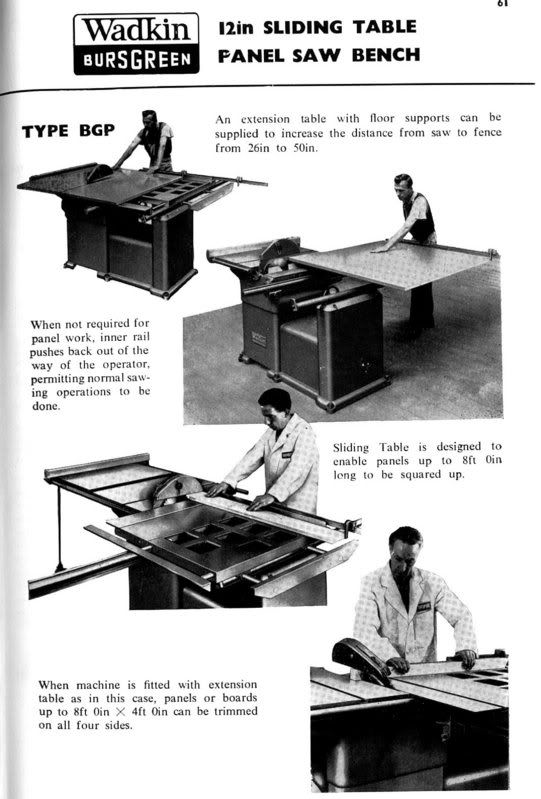Hello,
I found one of these in a local paper but I havn't seen it yet, original fence, 3 phase (would require a conversion) for 675$USD. Is this a good saw? It would be replacing a General 50-185 Contractor Saw with the Bies fence. I was lusting ater the General 650 but this might be a way to get a great saw at a much better price.
Craig,




 Reply With Quote
Reply With Quote




